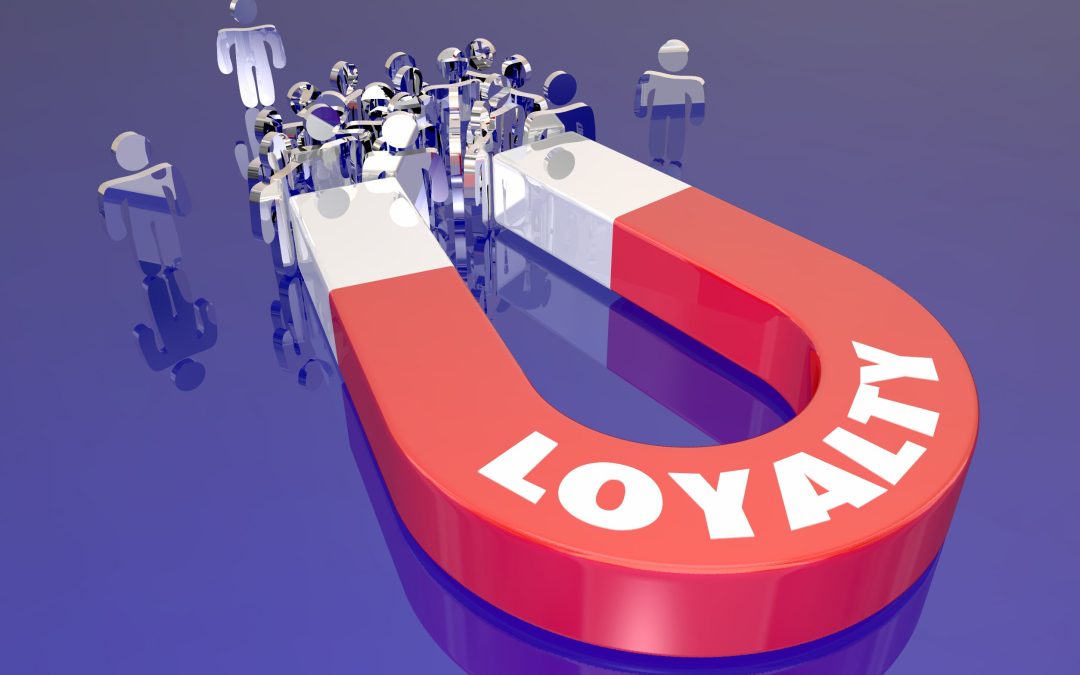For many years, businesses used the word “satisfaction” as the evaluation customers used to telegraph their fidelity. “Your satisfaction guaranteed” was a very popular advertising tagline. Then we learned that three-fourths of customers who left a business to go with a competitor indicated they were “satisfied” or “completely satisfied” with one they abandoned. Suddenly, satisfaction was not a very lofty goal.
Today we talk about loyalty, not satisfaction. But what is loyalty? The definition found in the really big dictionary is “a strong feeling of support or allegiance.” We focus a lot these days on the allegiance side of that definition (repeat business, recommendations, forgiveness, a greater share of wallet, etc.), but loyalty is also about support. The following story reveals my definition (and test) of true customer loyalty.
I was having breakfast in NYC with my then book publicist at her favorite restaurant a few blocks from her office. “I truly love this restaurant,” she told me with great passion. Since I was writing about customer loyalty, I asked how she “proved” her love to the restaurant. She almost whispered, “Don’t tell anyone this, but when I use their bathroom and wash my hands, I get an extra paper towel and clean off the sink so others will have the same great experience that I have when I come here.” It made me think about how I expressed loyalty to my friends or family. I try to do more than hang around, forgive, or spend even more time with them. If they do or say something that falls short of my expectations, I invest effort in helping them meet or exceed my expectations.
Does your commitment to a brand, service, or product include more than giving them your time, energy, or funds? Loyalty is cleaning their sink so other patrons will see them through your loyal eyes. Loyalty is not just allegiance, it is support.
